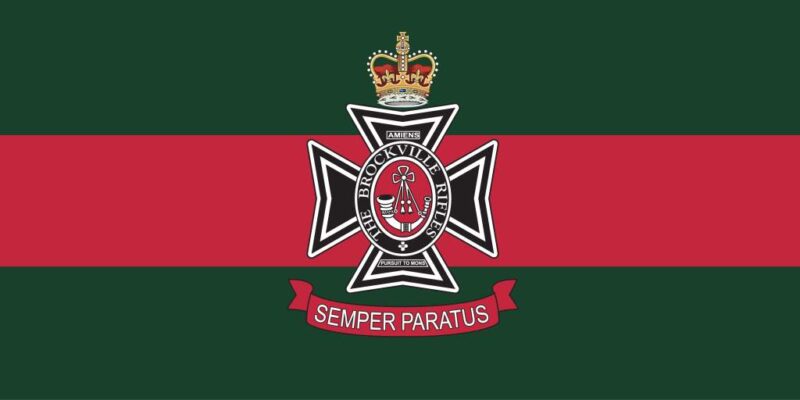The Battle of Amiens, August 1918

The story
The start of the 100 Day Offensive

On August 11th, 1918, the British 4th Army with the support of the Canadian and Australian Corps’ had handed Germany its worst defeat of The Great War to date. German Military Chief Erich Ludendorff described the preceding 3 days as The Black Day of the German Army, and when he informed the Kaiser of the defeat he said “We have reached the limit of our capacity. The war needs to be terminated”.
After the German Army’s spring offensive of 1918, the German’s were exhausted, and by mid-1918 Allied forces had taken a commanding position on the front. With American troops pouring in to France to serve as reinforcements, Supreme Allied Commander General Ferdinand Foch decided that it was time for the allies to go on the offensive for a change and push the German’s out of France once and for all.
A Bold
Plan.
“The Canadian Corps, magnificently equipped and highly trained in storm tactics, may be expected to appear shortly in offensive operations.”
– Unknown German Army Commander
Foch believed the war would continue in to 1919 and didn’t believe that victory could be achieved as quickly as it was so instead of ordering an all out attack on German lines, he ordered a series of smaller offensives in quick succession, aimed at liberating key strategic locations around Paris and rapidly diverting enemy reinforcements from one location to the other so the Germans would be confused. Their first target; the Amiens region of Northern France which housed one of the largest railway hubs in all of France, critical for the efficient delivery of troops to the front.


The Empire
Strikes Back.
“A great white light went up, and our guns started firing rounds. The whole German trench rose up in the air with everything in it.”
– DJ Pearce, Princess Patricia’s Canadian Light Infantry
In the early hours of August 8th, 1918, under the cover of darkness Allied forces snuck in to position with more than 600 tanks and 2000 aircraft at their disposal. The Canadian’s target was the German 4th Army, protected by three lines of trenches. However, unlike other attacks during the Great War, this one was not preceded by an artillery bombardment, keeping the attack a secret until the last possible minute. Meanwhile, an RAF squadron laid a smoke screen over an already misty No Man’s Land, further concealing the Allies movement. Then, at exactly 04h20 on the morning of the 8th, the assault began.
More than 900 allied guns opened fire on the German lines, and tanks roared across the battlefield. The Germans had been caught completely off guard and surrendered in troves with wave after wave of prisoners of war being sent back behind allied lines. Over the next three days, the Allies fought through trees and wet boggy terrain clearing trench after trench and dugout after dugout. By August 11th, three days after the assault began, the Canadian Corps had pushed back the Germans by 12km, an incredible feat in a war that was fought metre by metre.
The beginning
of the end.
“The first day of battle had been a terrible blow for the Germans, as the British armies had achieved their greatest single day victory of the war, thrusting 13 kilometres. Weak German forces had bent, but they had not broken. There would be much hard fighting for the Canadians and other spearhead formations as they tried to turn the enormous gains of Amiens into a breakthrough, and possibly end the war.”
– Tim Cook in Shock Troops
The combination of an exhausted German Army and the element of surprise had changed the way the allies were perceived by the German High Command, seemingly overnight, and The Battle of Amiens marked the beginning of what later became known as the 100 Day Offensive; the critical three months that led to Germany’s surrender on November 11th, 1918.
In what is now known as The 100 Day Offensive, the Canadian Corps served as a spearhead, and Amiens served as the step off point with Canadians gaining significant ground in a short period of time. The offensive, led by Sir Arthur Currie, saw the eventual collapse of the Hindenburg Line, and the surrender of the German Army at Mons. From the outbreak of the war, the Brockville Rifles (then known as the 156th Battalion) had played a critical role in supplying the Canadian Corps with consistent reinforcements. Many members of the 156th were with their new units when the 100 Day Offensive kicked off and played a key role in the ultimate surrender of the German Army, from Amiens all the way to Mons.




